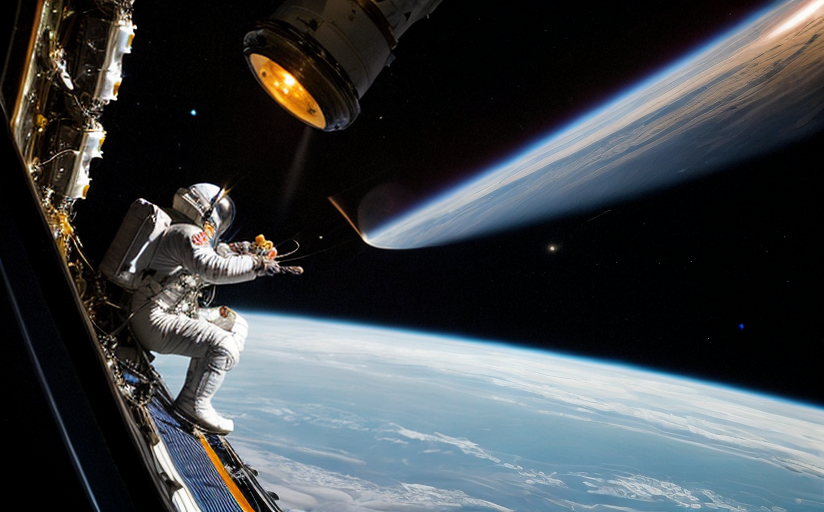The Influence of Astronaut Food on Modern Cuisine
From the first days of space travel, astronauts have had to consume specially prepared meals fit for zero gravity. These meals, colloquially known as astronaut food, have evolved significantly throughout the years, and their development has brought about fascinating breakthroughs that have been mirrored in our everyday contemporary cuisine.
The History of Astronaut Food
In the early years of space exploration, astronaut meals were far from appetizing. These were typically simple, easy-to-consume meals like applesauce or purées in aluminum tubes, and bite-sized cubes coated in gelatine to prevent crumbling. It was not until the Gemini missions in the 1960s that NASA started thinking about offering astronauts a wider variety of freeze-dried meals which could be hydrated onboard the spacecraft.
Evolution of Astronaut Food and Its Effect on Modern Cuisine
Boasting a shelf life of over three years, freeze-dried meals are perhaps the most famous example of astronaut food technology making the transition to widespread commercial availability. The technique employed in the process of freeze-drying helps to maintain the nutritional value of the food while extending its shelf life substantially. This technology is now widely used in our modern-day kitchens, especially in the food preserved for camping, hiking and emergency preparedness. The development of this 'space food' has therefore significantly influenced modern food preservation and packaging.
Additionally, to satisfy astronauts’ flavor preferences and dietary needs, food scientists have been working on adding more options by incorporating a wider variety of flavors and textures. This shift towards tailored, global flavors has mirrored the broader world's increasing gastronomic sophistication, as people now appreciate unique and exotic flavors in their daily meals. Hence, it can be said that the evolution of astronaut food and its intricacies has also played a role in influencing our culinary tastes.
The Future of Food: Lessons from Astronaut Food
Presently, there is ongoing research into creating sustainable food sources for long-term space missions. Scientists are analysing the agriculture of microgreens, fermenting food in space, and even producing meat using 3D printers, methods and techniques that, if effective, could help combat food scarcity, wastage and other culinary challenges faced on Earth.
The influence of astronaut food on modern cuisine is profound, with an impact that extends beyond just food preservation and packaging. As we continue our exploration of space, we also continue to explore - and expand - our relationship with food. The lessons we learn in our quest to keep astronauts fed and happy in space might just be the key to revolutionising how we approach cuisine on Earth.



















Comments
Leave a Comment